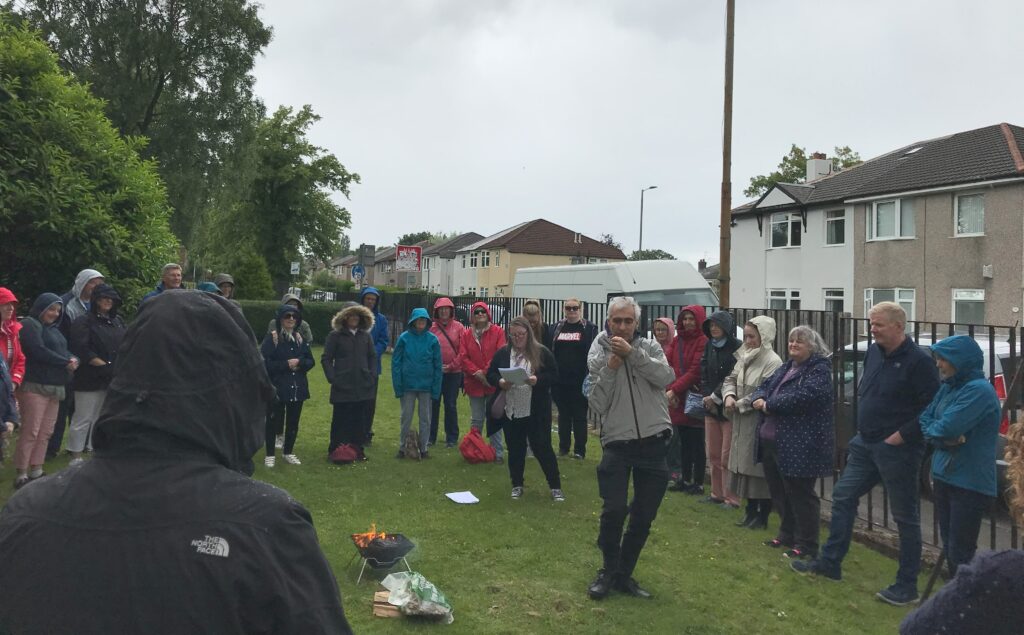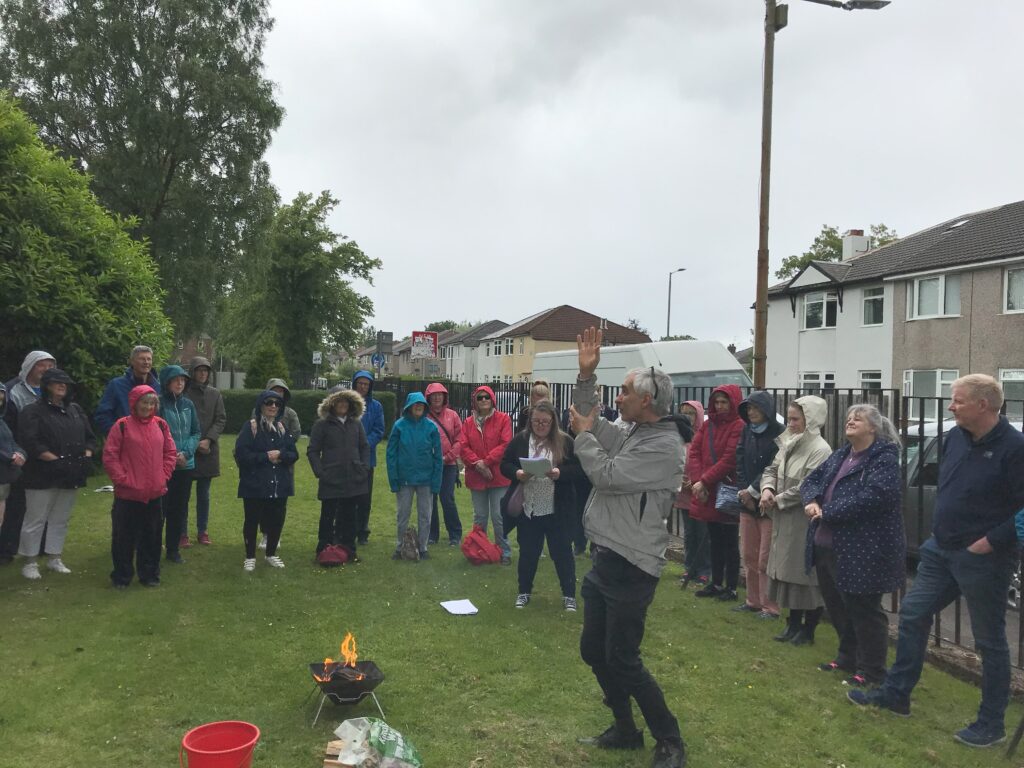
I’ve never been able to sit quietly in church – as a student I was always on the sound desk or keeping busy in some other way. When my children were born, I helped with the parents and toddlers’ group, and ran a small Sunday school group. It felt natural to do the SU group when they started school – and then to start a Messy Church, for them and their friends. We started it in 2009 – and though I’ve now moved church it is still going strong (in Portobello – Edinburgh’s seaside neighbourhood). Rosie, my wife, then got ordained as an Episcopal priest and we have moved around a bit, starting a few more Messy Churches. I think I’m now on my fourth, plus 1 ‘muddy church’. Last year I also got ordained (Church of Scotland) to do pioneering work but have kept my fulltime job in Child and Adolescent Mental Health. We run a small cafe church with a focus on autism friendly worship and I’m still doing Sunday school and, of course, Messy Church.
As you might imagine, I’ve had a lot of experience using a range of different ministry resources. You buy the books, or download the session plans, and spend the hours collecting all the supplies and cutting everything out. And when the day arrives everything looks amazing. But the children just play Lego or run around getting in everyone’s way. It’s like when you spend all that money on the present and they just want to play with the box! Meanwhile, the adults hang at the back on their phones, and the teenagers don’t turn-up. What’s gone wrong? Why doesn’t your Messy Church look like the one in the magazine picture?
I want to suggest that the Messy Church books and session plans were never intended to be followed to the letter. They were meant as an example, a starting off point. And those Messy Church values of hospitality, Christ centeredness, and all-age creativity, hospitality and celebration should apply to our planning and preparation just as much as they do to our actual celebration. Taking a book off a shelf is never going to be enough.

Your team needs to be hospitable and try to avoid just having the same few people planning everything. If you want to have a mix of ages at your Messy Church, then it’s good practice to have a mix of ages on your planning team. Part of getting new people involved is to find what they like to do and what they are good at. We had a 70-year-old artist in our church, so every Messy Church had a watercolour challenge, much loved by our group of quiet tweenagers. Do you have a teenager who loves to play football? Perhaps they could join the team and lead some story themed sports. If there is nothing in the session plan that engages one of your helpers, then adapt it so it excites them, or use the internet to find some extra ideas. The people who come will be much more engaged if the helper is enthusiastic about what they are doing. If your team is small, then you might need to substitute a couple of activities that are more self-led, or which might tempt the parents to get more involved. You could build the story out of Lego, or dens out of blankets and ropes, to give two simple examples.
It’s helpful to think about which kids or adults weren’t engaged during your last Messy Church and try something that might hook them in. These adaptations will be different for every church. Some churches have children that cope with fiddly crafts and word-based activities, other churches need to keep the energy levels up if everyone is going to stay engaged. In both contexts anxious kids are generally calmer if there is sensory play or a quieter area.
Planning needs to be Christ centred. If you want your team to chat about the story as they lead the activities, then not only must they know it, but they should be excited by it. It’s important to read the passage together, to pray, and to find out what it means for you. Then make sure the activities give you opportunities to make these points. There is often a process where a new Messy Church is fairly craft and games focused – but over time you can “up the church”, add in more songs, prayers and conversations about faith. Select and adapt the activities to communicate the gospel for your context. If you do an interactive Bible story you could put in an extra craft making props for it that people could keep and retell the story when they get home. If you use a Godly Play story, are there elements from that which might inspire a creative and prayerful response?
Messy Church needs to be hospitable. Are there ways that your messy activities can reach beyond those gathered on the day? Perhaps you always make a story-themed card that the minister can leave with people when they do home visits, which might also prompt them to pray for you. Can you find some craft to fill a notice board so that hall users can see what happens at Messy Church, or the Sunday congregation remember that it is on? Can you make gifts for helpers who are off sick, or Granny who is ill, or a brother who has just gone off to university? These sorts of activities also make your prayer time more personal and specific. They also engage families whose faith is more action orientated.
Finally, it is much easier to adapt the session plan if you understand the way it is structured. The activities roughly divide up into ages – simple activities for toddlers, simple crafts for younger children, more engaging activities for tweens and teens, and then something mature for the adults. It feels important to plan activities for the ages you hope to attract as well as the ones you have. There are also a range of personalities for which you will also need to cater. To have something for those who like noise and mess and energy, as well as something for the quieter and more careful among us.
The more plans you read the easier it is to spot this structure. For my Messy Church we need at least eight different activities, and perhaps also a ninth gathering or welcome activity, some of which need to be self-led. This gives a grid for:
| Quiet careful preschool (e.g. sticking crafts) | Messy lively preschool (e.g. sensory play) |
| Quiet careful young children (e.g. construction) | Messy lively young children (e.g. food craft) |
| Quiet careful tweens/teens (e.g. science activity) | Messy lively tweens/teens (e.g. challenges and games) |
| Quiet careful older teens/adults (e.g. intricate crafts) | Messy lively older teens/adults (e.g. big build challenges). |
Often there are a couple of extra activities to meet the needs of specific spiritual styles, like a reflective activity for those whose worship is more symbol focused or songs for those who need to feel the emotion. The spiritual styles are generally thought to be Word, Symbol, Emotion and Action. Most people have a strong preference for one or two of these spiritual styles. If their spiritual style is missing, then they are more likely to disengage. It’s important to remember that any activity is just the vehicle to build a relationship and point people to the good news of Christ, it’s not necessarily about producing a finished product!
Once you have led a few from the books or Get Messy!, recognising the structure behind the session plan, will give you the confidence to adapt sessions to fit your team and context or even write a theme that feels particularly relevant to your Messy Church. If there are any budding Messy Church sessions writers out there, do get in touch with the BRF Ministries Messy Church team, who are looking for new writers for Get Messy! vol.3.
Reuben Addis
Church of Scotland
Check out the latest Get Messy! vol.2 and see how you can adapt it to your context.
This volume takes you through the basic themes of Christianity, great for those new to faith or Messy Churches who would like to explore communion and baptism.
People who wish to dig deeper into discipleship between Messy Church gatherings might like to try a complementary resource, Messy Basics, a discipleship course exploring what Christians believe through faith-based conversations in all-age groups. Remember you can tailor this resource to your group. Messy Basics is available as a download only.
You may also like
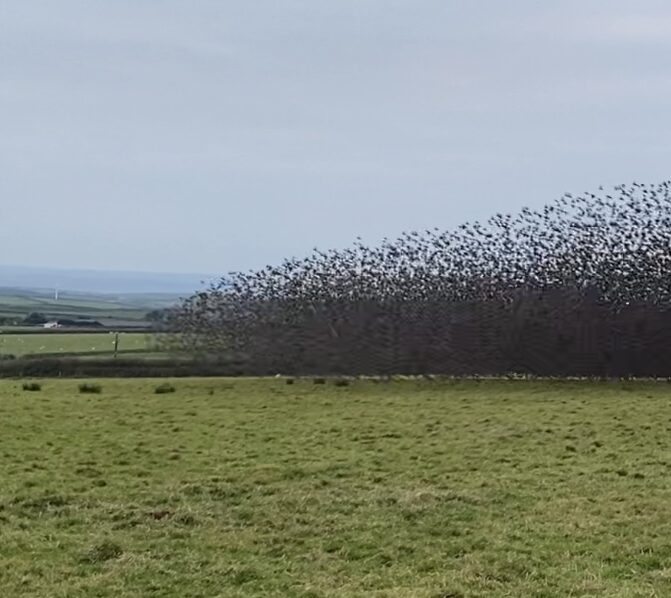
Murmuration of the Spirit!
2nd Jan 2025Whilst driving down a country lane in Devon, I was suddenly aware of thousands of birds flying overhead. We followed the flock and pulled over as the starlings settled in a field of sheep, both parties seemingly unaware of each other. I felt like I’d stumbled into a David Attenborough ‘Wild Isles’ episode and stood excitedly, wondering what would happen next.
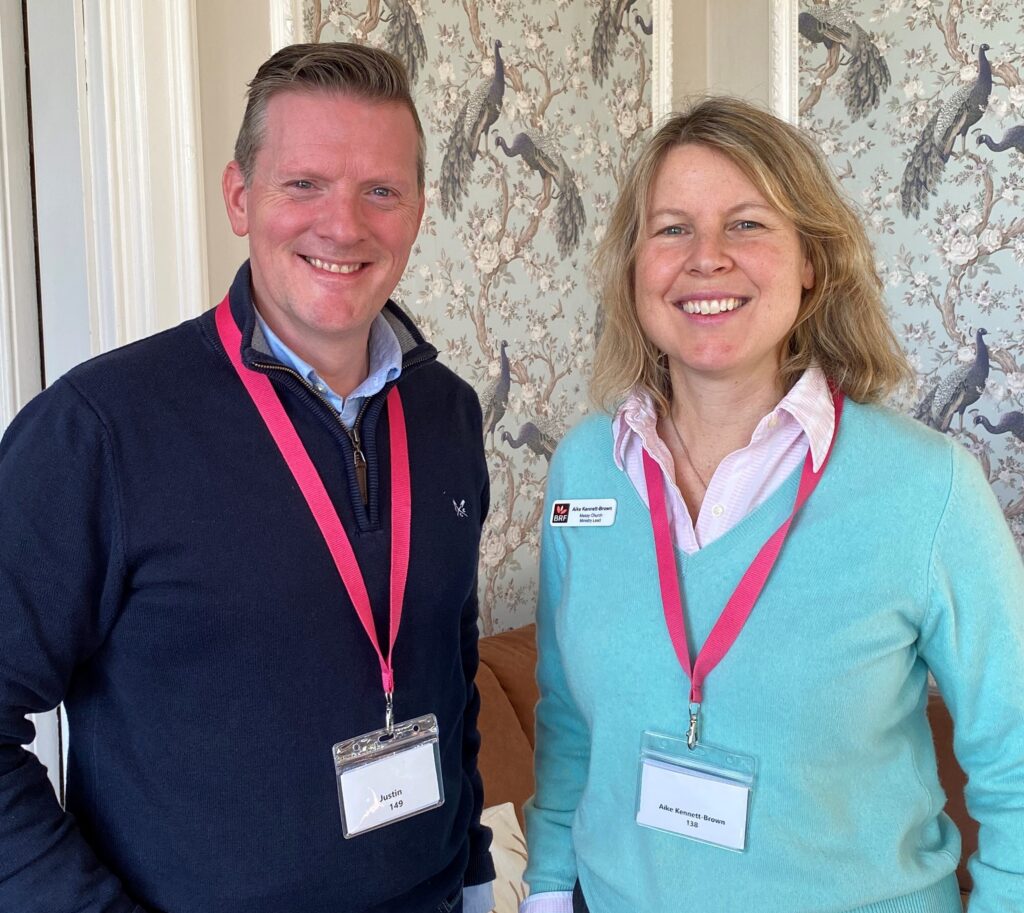
Creating Safe Spaces
25th Nov 2024As our media fills up with stories of abuse and coverups within religious organisations, it was very timely that children and family ministry denominational leaders met to discuss ‘Safeguarding’ at the Children’s Ministry Network Conference November gathering at High Leigh Conference centre.
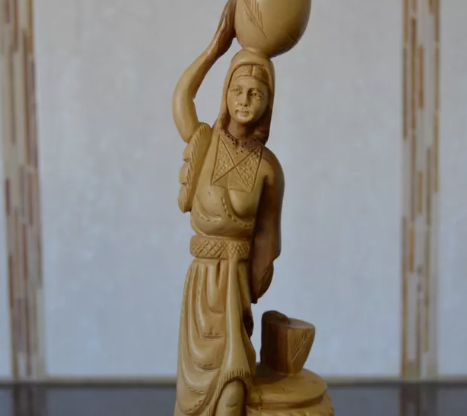
Woman at the Well
3rd Nov 2024After a busy 3 day of leading seminars, networking, and being on the Messy Church stand at Church of Norway conference, I had the opportunity to visit a sauna, called The Well, Oslo. It’s the Nordic region’s largest Spa in Scandinavia, with baths, saunas and spa treatments from all over the world.
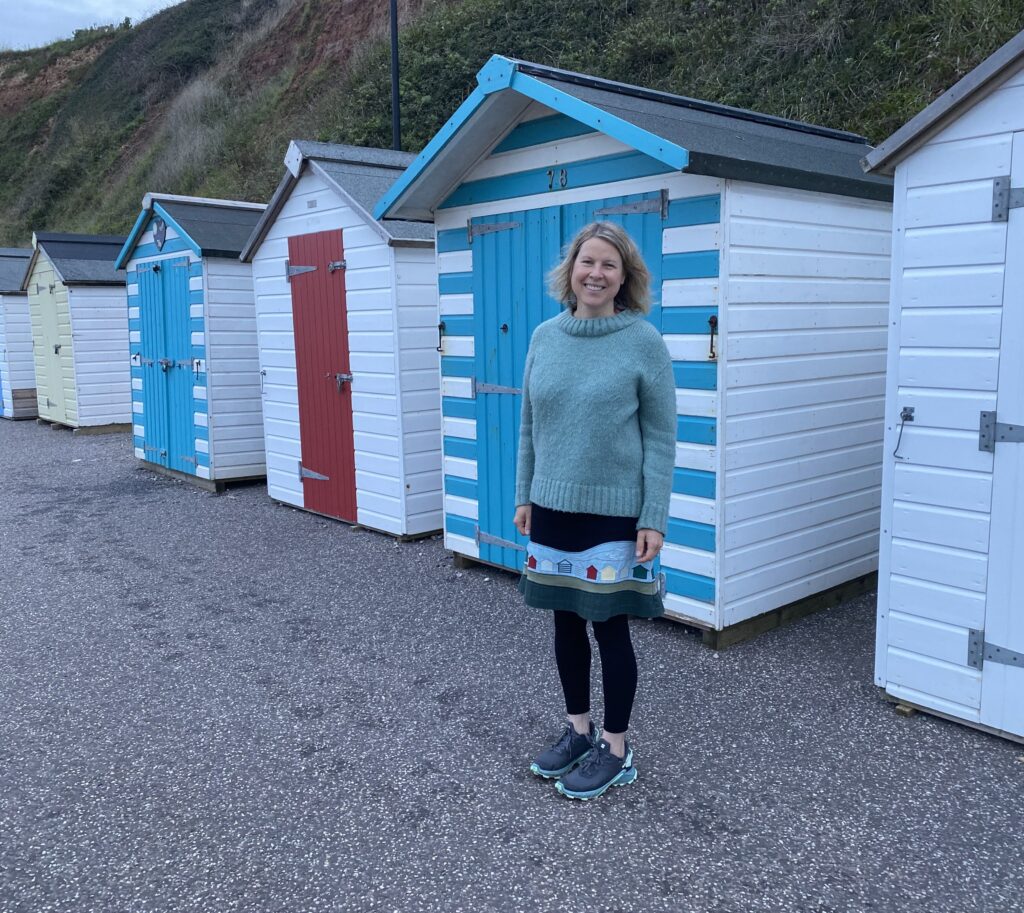
Seaside Sojourn
21st Oct 2024It seems that I always get booked to deliver in-person training at seaside locations. This trend continued last weekend, as I headed off to the coastal village of Seaton, Devon.
